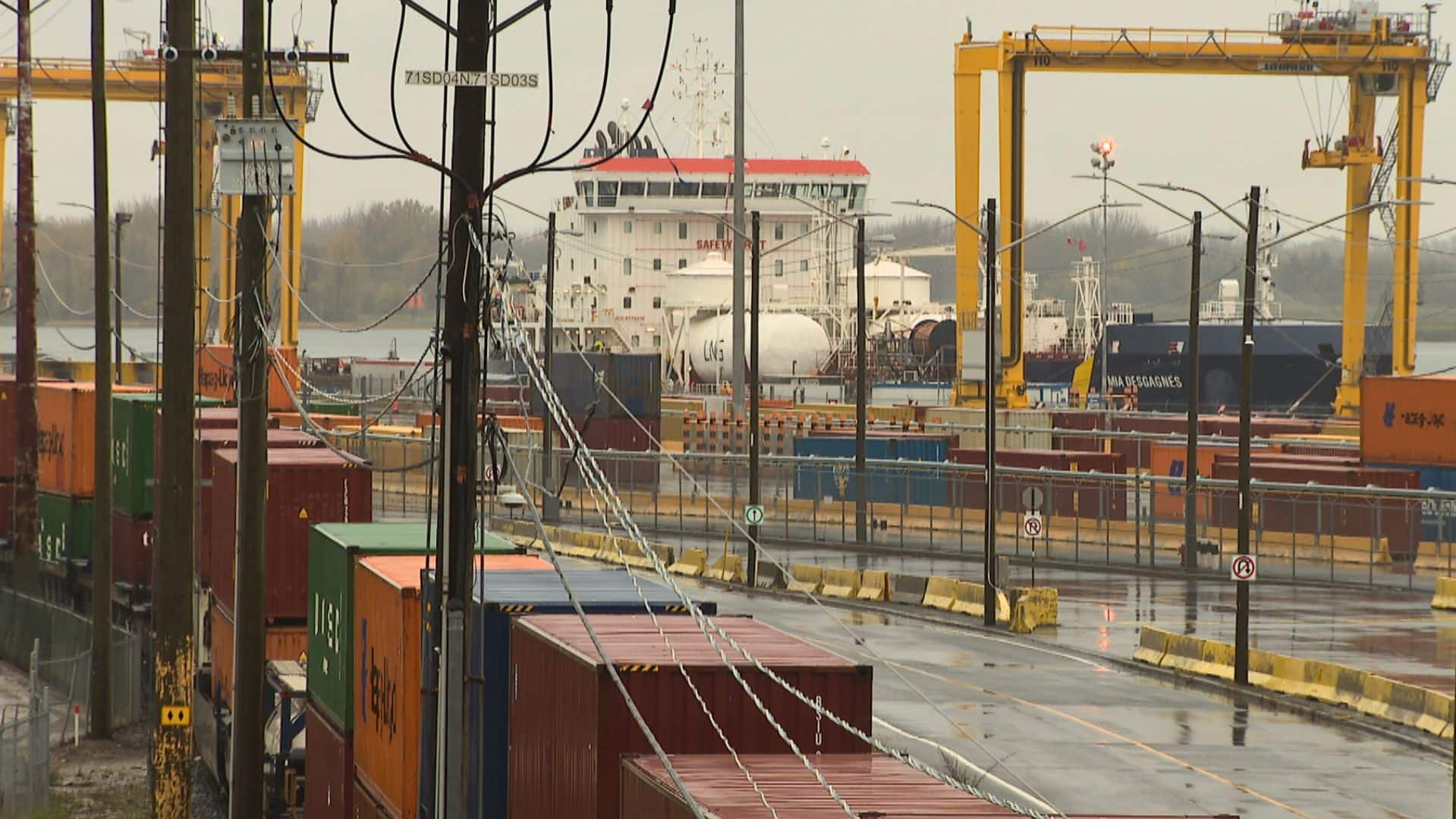The St. Lawrence Seaway has shut down after hundreds of workers walked off the job Sunday. Here are answers to a few key questions about what’s going on.
Union says it’s fighting for better pay to keep up with rising cost of living
The Canadian Press
·
The St. Lawrence Seaway has shut down after hundreds of workers walked off the job Sunday. Here are answers to a few key questions about what’s going on:
What is the St. Lawrence Seaway?
The St. Lawrence Seaway is a marine shipping route that links the Atlantic Ocean to the Great Lakes through a system of 15 locks between Lake Erie and Montreal.
The seaway is co-managed by the St. Lawrence Seaway Management Corp., a not-for-profit established by the Canadian government, and the Great Lakes St. Lawrence Seaway Development Corp., a U.S. federal agency.
When combined with the Soo Locks at Sault Ste. Marie, Ont. — managed separately by the U.S. Army Corps of Engineers — the transit system stretches about 3,700 kilometres from Lake Superior to the Atlantic.
What is the importance of the route?
The full Great Lakes St. Lawrence Seaway system, also known as Highway H2O, serves over 100 ports and commercial docks and helps Canada’s Prairie provinces and the U.S. Midwest export goods. Key cargo includes grain, iron ore, petroleum products, stone and coal.
A 2018 study by Martin Associates found that goods moving through the system supported more than 78,000 direct jobs and generated $35 billion in revenue in both Canada and the U.S.
Last year, the 300-kilometre St. Lawrence Seaway stretch carried more than 180 million tonnes of goods worth about $16.7 billion — nearly half of it grain and iron ore.
Why are workers striking?
The approximately 360 striking workers include Unifor members at Locals 4211, 4212 and 4323 in Ontario and Locals 4319 and 4320 in Quebec.
The union says its members are fighting for higher wages from the St. Lawrence Seaway Corp. to keep up with the rising cost of living.
Unifor Quebec director Daniel Cloutier said in a statement that the jobs involved require intense training, a high level of understanding of health and safety risk and carry enormous responsibility.
WATCH | Traffic on the seaway has ground to a halt:

St. Lawrence Seaway workers go on strike
Featured VideoWorkers at the St. Lawrence Seaway went on strike over the weekend demanding higher wages and halting cargo traffic on the crucial supply route.
What has the St. Lawrence Seaway Management Corp. said?
The SLSMC says it is dedicated to finding a solution, but that union members are pushing for wage increases “inspired” by the negotiations in the auto industry, where Unifor has made substantial gains.
It says that unlike in the auto industry, seaway worker wage gains over the past 20 years have exceeded inflation and are still close to 10 per cent ahead. It says it’s working to reach an agreement that balances wage demands and market realities.
The company says it is also waiting for a response to its application under the Canada Labour Code for the union to provide employees during the strike to ensure grain shipments can continue.
The SLSMC says it carried out an orderly full shutdown of the system during the 72-hour notice period. It says no vessels are waiting to exit the system, but more than 100 are waiting outside of it held up by the strike.
What are business groups saying?
The Canadian Chamber of Commerce and the Canadian Federation of Independent Business have urged the federal government to intervene in the strike to avoid disruptions to supply chains.
The business groups say Canadians are already dealing with inflationary pressures that have been caused in part by supply chain issues.
The CFIB said it is very concerned about the strike, noting that small businesses were already hit by the strike at B.C. ports and supply chain disruptions in the summer.
The Canadian Chamber of Commerce says the Seaway supports more than 66,000 Canadian jobs and is responsible for $34 million in economic activity a day.

